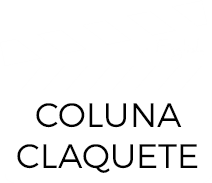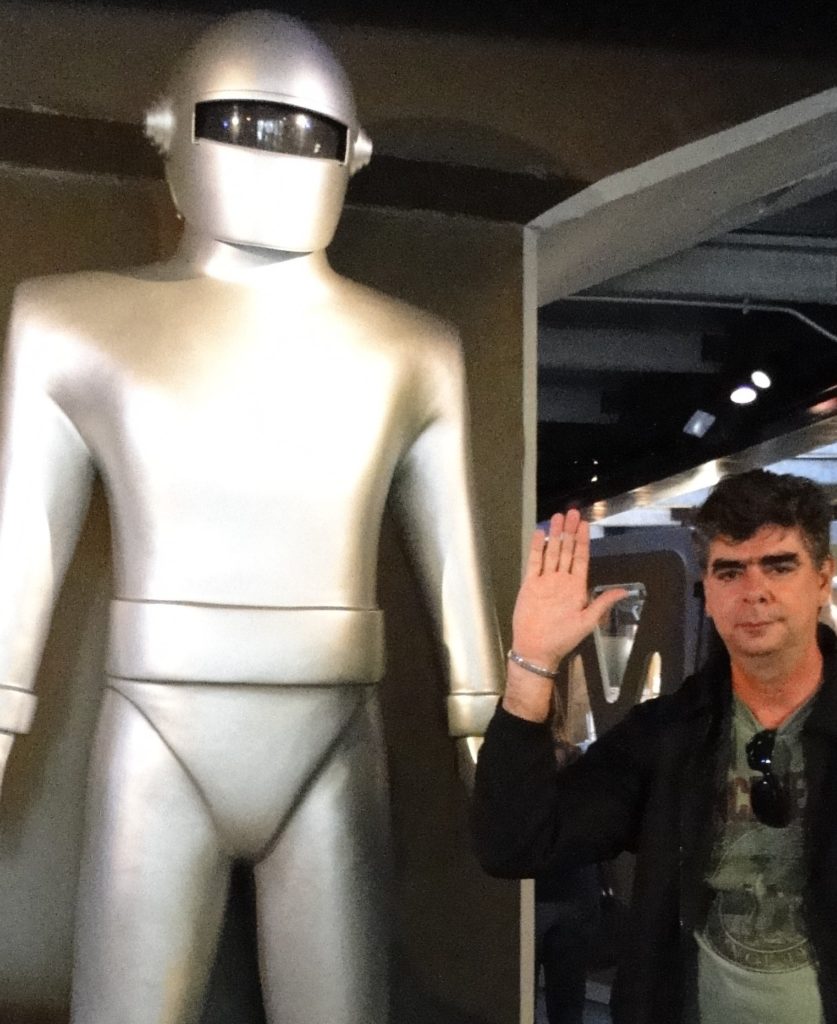After all, what is science fiction?
 It is possible that, besides “politically correct”, the strangest combination of words must be science-fiction. After all, fiction refers to the concept of something that is not true, while science is based on well – founded ideas, able of being proven. So, what is this genre so vague, which is not by chance, the subject of this column?
It is possible that, besides “politically correct”, the strangest combination of words must be science-fiction. After all, fiction refers to the concept of something that is not true, while science is based on well – founded ideas, able of being proven. So, what is this genre so vague, which is not by chance, the subject of this column?
The subject is really hazy. A science fiction story can deal with space travel with or without aliens, aliens with or without space travel, robots, time travel, prehistoric monsters, parallel universes, artificial intelligences, utopian or dystopian societies, etc.. The scope of the genre is as wide as the imagination allows.
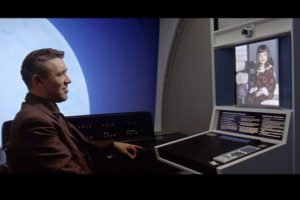 Perhaps, for simplicity, we assume that a science-fiction story is a plot involving some scientific topic that may seem something different from our daily lives. Of course, this requires the complicity of the reader or viewer, as well as their repertoire of life. After all, the videophone imagined by Arthur C. Clarke in “2001, A Space Odyssey” can be replicated today by anyone with a cell phone and a communication application. I’m still waiting for the flying cars.
Perhaps, for simplicity, we assume that a science-fiction story is a plot involving some scientific topic that may seem something different from our daily lives. Of course, this requires the complicity of the reader or viewer, as well as their repertoire of life. After all, the videophone imagined by Arthur C. Clarke in “2001, A Space Odyssey” can be replicated today by anyone with a cell phone and a communication application. I’m still waiting for the flying cars.
My interest in science fiction was inherited and nurtured by my parents, who loved the genre. I remember asking my father to design a rocket when Yuri Gagarin was still training to become the first man to go into space. But our imaginations had visited many planets and stars long before him.
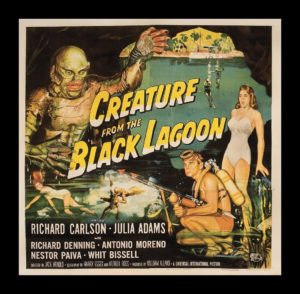 It is difficult to say when science fiction was born, because science came long after fiction and even the stories of oral tradition that dealt with the unknown, in a mixture of folklore and religion. In 1634 the book Somnium was published, written by the eminent astronomer and mathematician Johannes Kepler, where a character from the Moon describes the Earth as seen from there. Great authors like Carl Sagan and Isaac Asimov consider this work the precursor of science fiction.
It is difficult to say when science fiction was born, because science came long after fiction and even the stories of oral tradition that dealt with the unknown, in a mixture of folklore and religion. In 1634 the book Somnium was published, written by the eminent astronomer and mathematician Johannes Kepler, where a character from the Moon describes the Earth as seen from there. Great authors like Carl Sagan and Isaac Asimov consider this work the precursor of science fiction.
Throughout the 19th century, with the popularization of scientific discoveries, the imagination of authors and the public was also stimulated. Without effort, we can consider Mary Shelley’s “Frankenstein” (1818), Jules Verne’s “From the Earth to the Moon” (1865) and HG Wells’s “War of the Worlds” (1898) as first stories of science-fiction.
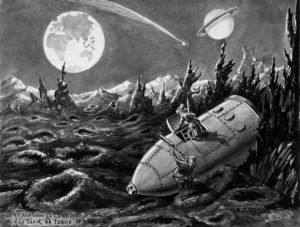 Cinema, born in 1895, would not be indifferent to the genre. The French genius Georges Méliès, unlike the Lumière brothers, realized the entertainment power of the new art, and soon left the small documentaries for works of fiction. Among them is what can be considered the first science-fiction film, “Journey to the Moon” (“Le Voyage dans la Lune”, FRA, 1902). Unfortunately, he never received real credits for the film, shamelessly copied and shown as if it were the work of Thomas Alva Edison.
Cinema, born in 1895, would not be indifferent to the genre. The French genius Georges Méliès, unlike the Lumière brothers, realized the entertainment power of the new art, and soon left the small documentaries for works of fiction. Among them is what can be considered the first science-fiction film, “Journey to the Moon” (“Le Voyage dans la Lune”, FRA, 1902). Unfortunately, he never received real credits for the film, shamelessly copied and shown as if it were the work of Thomas Alva Edison.
Science fiction, especially in cinema, is not based only on scientific concepts. In fact, in most cases, time travel, the alien, the robot, the spaceship, are just the backdrop for the main plot. No wonder that the most successful saga of the genre, Star Wars, it is full of non-scientific facts,like lightsabers that collide and emit sounds, explosions in space, instant messaging, and other crazy concepts that are lost through the story.
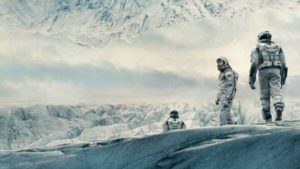 This does not mean that there can be no serious science in the movies. Classics such as the aforementioned “2001, A Space Odyssey” (USA, 1968), and the more recent “Interstellar” (USA, 2014) are good examples of scientific concepts perfectly integrated with story. Interestingly, they are not the ones that most please the general public. After all, most viewers say, cinema is entertainment, if I wanted to learn physics I would study in books, isn’t it? Well, I have my reservations about that, but taste is personal, period.
This does not mean that there can be no serious science in the movies. Classics such as the aforementioned “2001, A Space Odyssey” (USA, 1968), and the more recent “Interstellar” (USA, 2014) are good examples of scientific concepts perfectly integrated with story. Interestingly, they are not the ones that most please the general public. After all, most viewers say, cinema is entertainment, if I wanted to learn physics I would study in books, isn’t it? Well, I have my reservations about that, but taste is personal, period.
The evolution of cinema and the science-fiction genre followed a common path. From the success of the first “Star Wars” movie in 1977, there was a huge development in the use of computer graphics, and nowadays there are films in which most of the time human actors act in empty scenarios, later complemented with graphic effects. Some of them go too far, like Transformers, leaving the viewer without time to understand what is happening on the screen.
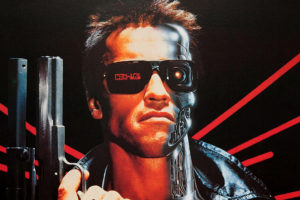 But, although the simple mention of science fiction leads us to imagine fabulous worlds and strange machines, this is often just a “trigger” to justify a story that takes place in our current world. A simple example is “The Terminator” (USA, 1984), where only a brief prologue takes place in the future, and the rest of the story happens in the present time.
But, although the simple mention of science fiction leads us to imagine fabulous worlds and strange machines, this is often just a “trigger” to justify a story that takes place in our current world. A simple example is “The Terminator” (USA, 1984), where only a brief prologue takes place in the future, and the rest of the story happens in the present time.
And just to get an idea of the breadth of the genre, the IMDB website lists over fifteen thousand films and five thousand series related to science fiction. The good thing is, due to such a wide spectrum, it is possible to find the subgenre with which the viewer most identifies himself. Some examples follow here:
 – Time travel: “Back to the Future” (USA, 1985), “The Time Machine” (USA, 1960), “The Butterfly Effect ” (USA, 2004),“Looper”(USA, 2012), “Somewhere in Time” (USA, 1980);
– Time travel: “Back to the Future” (USA, 1985), “The Time Machine” (USA, 1960), “The Butterfly Effect ” (USA, 2004),“Looper”(USA, 2012), “Somewhere in Time” (USA, 1980);
– Aliens: “Alien”(USA, 1979), “Arrival” (USA, 2016) , “E.T.the Extra-Terrestrial” (USA, 1982) , “District 9” (ZA, 2009);
 – Robots, mutants, androids: “The Terminator” (USA, 1984), “X-Men” (USA, 2000), “Blade Runner” (USA, 1982),“WALL-E” (USA, 2008), “Bicentennial Man” (USA, 1999);
– Robots, mutants, androids: “The Terminator” (USA, 1984), “X-Men” (USA, 2000), “Blade Runner” (USA, 1982),“WALL-E” (USA, 2008), “Bicentennial Man” (USA, 1999);
– Parallel universes , dimensional portals: “Inception” (USA, 2010), “Source Code” (USA, 2011 ), “The Planet of the Apes” (USA, 1968), “Stargate” (USA, 1994), “The One” (USA, 2001);
 – Stories in space or inside the earth: “Star Trek: Voyager”, USA, 1995), “The Martian” (USA, 2015), “Interestellar” (USA, 2014) , “Space Cowboys” (USA, 2000), “Passengers” (USA, 2016), “The Core” (USA, 2003);
– Stories in space or inside the earth: “Star Trek: Voyager”, USA, 1995), “The Martian” (USA, 2015), “Interestellar” (USA, 2014) , “Space Cowboys” (USA, 2000), “Passengers” (USA, 2016), “The Core” (USA, 2003);
– Computers, artificial intelligence: “Chappie” (ZA, 2015), “Her” (USA, 2013), “AI Artificial Intelligence” (USA, 2001), “Autómata” (ESP/BUL, 2014) , “Lucy”, FRA, 2014), “Transcedence”(USA, 2014);
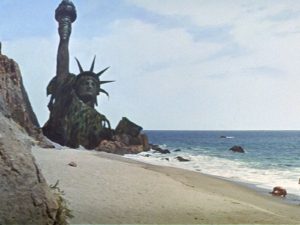 – Utopian, dystopian, post-apocalyptic societies : “Divergent” (USA, 2014), “The Maze Runner” (USA, 2014), “Nineteen Eighty-Four” (UK, 1984), “Farenheit 451 (UK, 1966) ,“A Clockwork Orange” (UK, 1971),“Minority Report” (USA ,2002).
– Utopian, dystopian, post-apocalyptic societies : “Divergent” (USA, 2014), “The Maze Runner” (USA, 2014), “Nineteen Eighty-Four” (UK, 1984), “Farenheit 451 (UK, 1966) ,“A Clockwork Orange” (UK, 1971),“Minority Report” (USA ,2002).
As you can see, the possibilities are innumerable. Although the pandemic has closed cinemas, the various streaming services available offer many options for viewers to choose from in the safety of their homes. The favorite topic, how well done it is,if it has verisimilitude, all of this must be judged by the viewer, to whom, after all, the film is intended.
